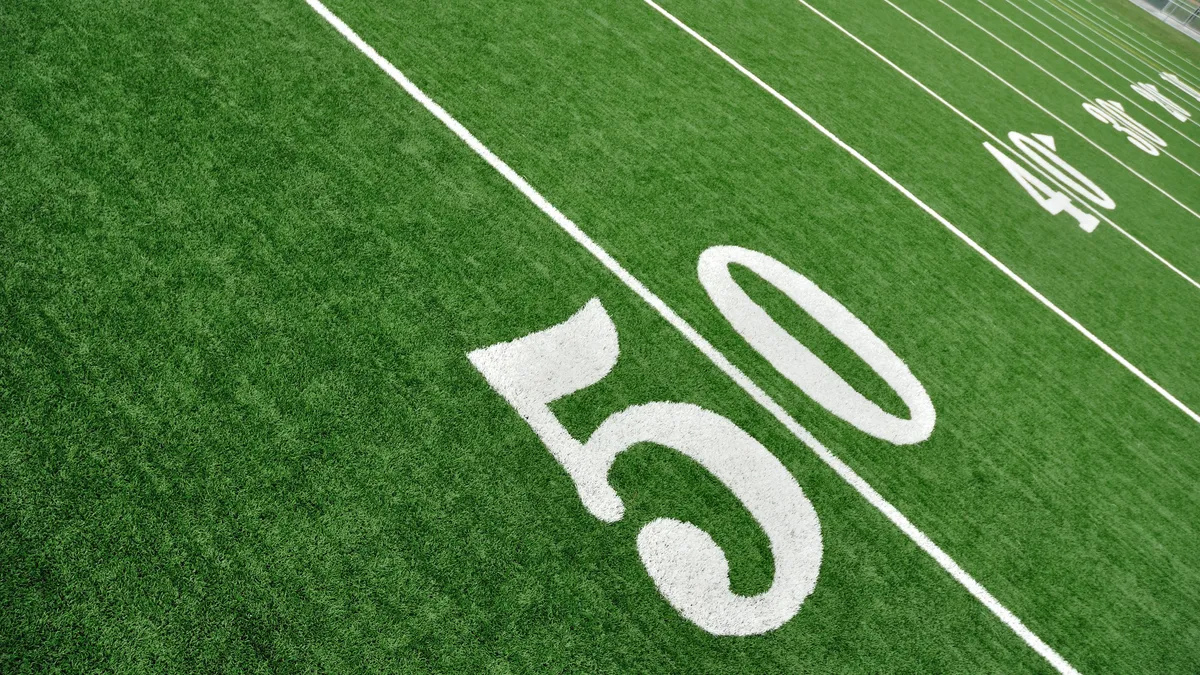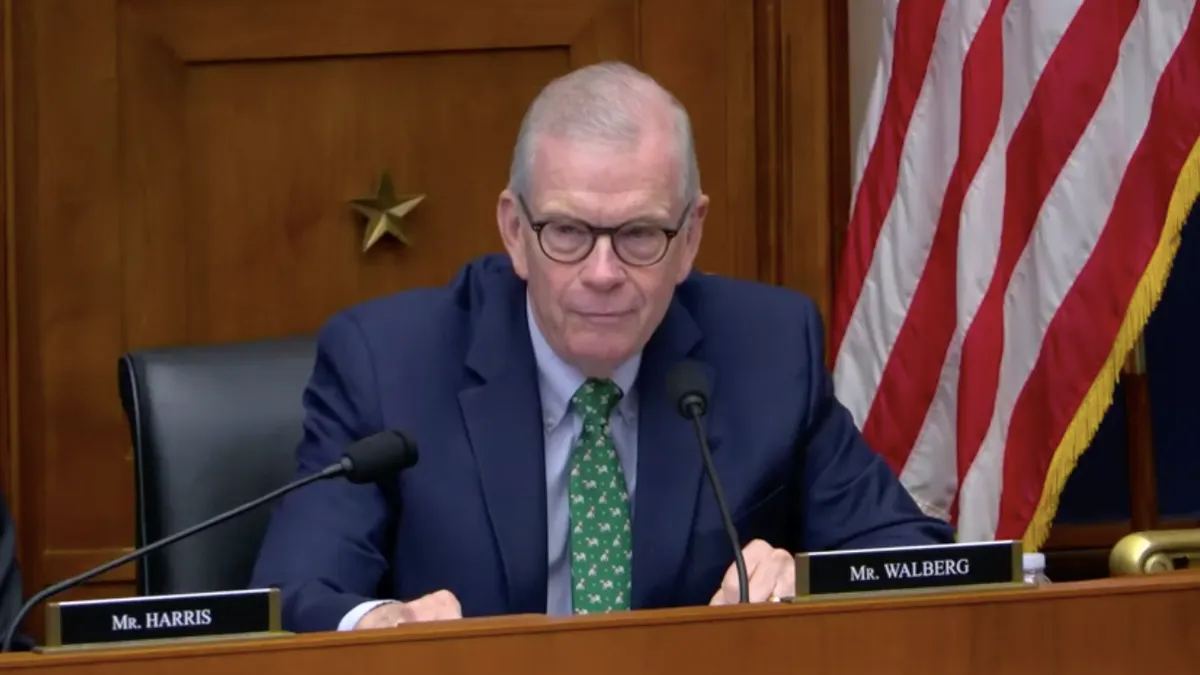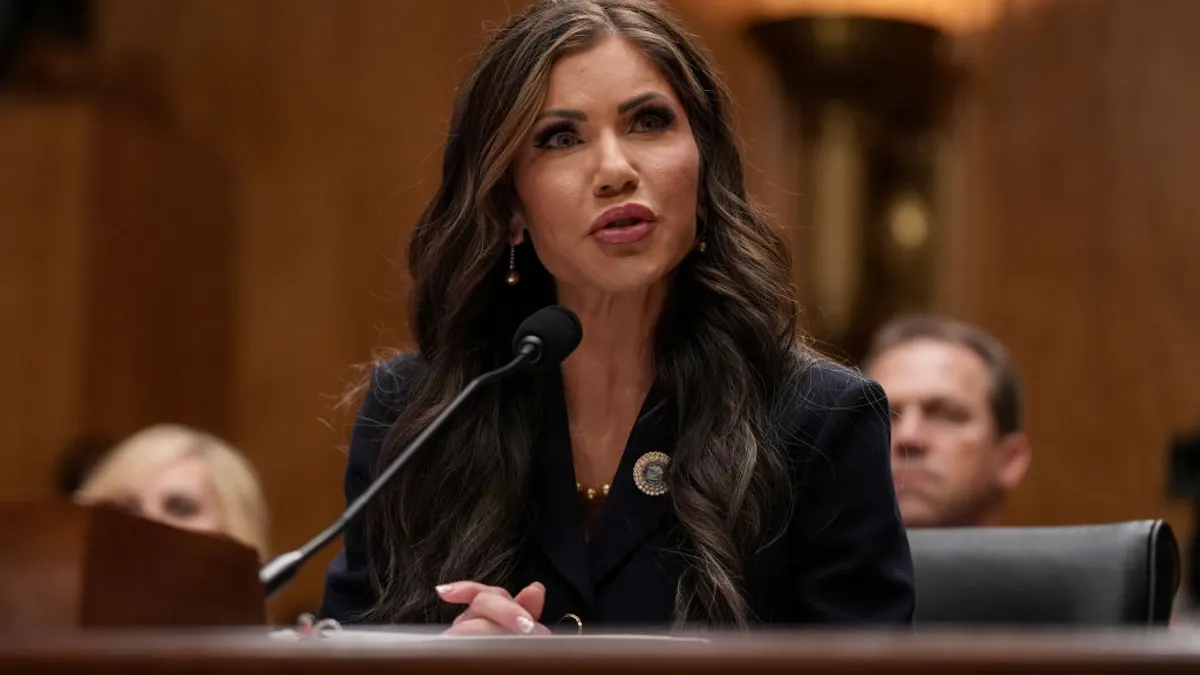Athletic injuries — especially concussions — have been on the upswing in high school sports over the last decade, even as schools and districts implement stricter safety guidelines for both practice and games.
Between 2015 and 2019, high school athletes experienced 10% more injuries to the head and neck each year on average than were reported in 2005. Football players suffered the most concussions, followed by athletes on girls’ soccer and boys’ wrestling teams.
The National Federation of State High School Associations — which sets the rules for most high school sports — updated its concussion prevention guidelines in 2014, significantly restricting the amount of time athletes in high-contact sports can play and practice.
Prompted by Washington state’s 2009 Lystedt Law, which requires that young athletes be removed from play until they are evaluated after sustaining a head injury, states and national sports organizations have tightened protocols for treating concussions and invested in educating athletes, parents and athletic staff about the risks of head injury.
“We’ve always had concussions, and we’re going to continue to have concussions,” says Bob Colgate, director of sports and sports medicine for NFHS. After the Lystedt Law, "we had further awareness. It pushed the needle toward taking a closer look at this form of injury.”
Concussions in football are most likely to happen during full contact, which consists of both “thuds,” or when a player is running a competitive speed at the moment of contact, and “live action,” when players are taken to the ground, Colgate says. In 2014, NFHS issued new recommendations for full-contact football, limiting it to 2-3 practices a week on nonconsecutive days and for no more than 30 minutes a day and 60-90 minutes a week.
Concussions can have serious and long-term consequences. What can make them more dangerous is that they may not appear serious at first. Athletes who have hit the ground hard might report a headache, pressure in the head, dizziness, grogginess and confusion.
But symptoms may not show up for a few hours, and the athlete may not remember how they were injured. Some athletes might experience post-concussion syndrome, which is when symptoms last for a month or longer.
To help diagnose a concussion and how severe it may be, schools and districts use data from baseline testing. Athletes are tested by medical professionals in the pre-season to establish their unique “normal” cognitive function and balance. The test assesses memory, reaction time, visual-motor speed and brain function as a whole. It also accounts for when a student takes medication for ADHD or has a history of migraines.
If a player is injured, they are tested again. Post-injury data is compared to the baseline to help determine when it’s safe for the student to return to school and play again.
But when districts have to pay for baseline testing, the practice may be limited or cut altogether due to cost. This has led to inequities if affluent districts have funds for the tests and lower-income districts don’t.
Establishing a baseline
Outside of Washington, D.C., Virginia's Loudoun County Public Schools used to administer baseline testing for 9th- and 11th-grade athletes in high-risk sports. But starting this school year, the district is partnering with a local medical group that provides baseline tests to all athletes in all grades for free.
The district says this broad approach makes concussion protocols more equitable.
“Our parents are appreciative that all kids are getting baseline tests,” says Zahra Ismaeli, lead athletic trainer for the district. The program includes education for parents, students and staff.
“There are a lot of resources we’re able to give them now, and our athletic trainers are a little knowledgeable about concussions in general,” says Ismaeli.
While the district does not collect data about the number of concussions student athletes experience, they do know how many post-injury tests they provide. Last year, when only 9th and 11th graders were tested for high-risk sports, athletes received 444 post-injury tests. So far this year, there have been 292.
When an athlete is injured, Ismaeli says, the district emails the parent, the coach and the district’s concussion management team. This group develops and oversees a school or district’s concussion protocols and consists of four or five people, usually including a school administrator, an athletic trainer, a school psychologist and a teacher or parent.
“Collectively, as an athletic department, this partnership has made us stronger and better aware,” she says.
No difference in recovery times
Awareness and education are central to good concussion protocols, says Jaclyn Caccese, an assistant professor at Ohio State University’s School of Health and Rehabilitative Sciences. Caccesse was a lead researcher on a 2023 study of 906 incidents of concussions at the college level, more than half of which were experienced by women athletes.
Contrary to long-held beliefs that women take longer to recover from concussions than men, the study found that when it came to recovering cognitive reaction, balance and mental health function, there were no differences between women and men.
Women do, Caccesse says, report more symptoms — including headaches — during baseline testing. But comparing a woman athlete’s post-injury test to their baseline tests, there were no differences in recovery trajectories as compared to those for men athletes.
It’s worth noting, she says, that all athletes in the study’s sample had access to the same level of fieldside care by athletic trainers. In many districts, athletic trainers prioritize higher-risk boys' football games and may not be present for girls’ sports. So it’s essential, she says, that athletes and coaches know what symptoms to look for.
“In the best-case scenario, there are more athletic trainers on the sidelines at schools that offer sports with higher injury risks,” she says, “but if that’s not available, then some of this can be addressed with education for athletes and coaches.”
The longer it takes for an injured athlete to receive treatment for a concussion, the worse their outcomes will be, Caccese says. That’s why it's important that athletes receive the same level of care, regardless of gender-based norms. Since women report more symptoms at baseline, she says, a “recovered” girl athlete may show different results on a test than a boy athlete.
“Not everybody is going to get down to zero symptoms,” she says.




















